An Introduction to Basic Concepts and Indicators
$9.43
| Author(s) | |
|---|---|
| Pages |
143 |
| Format |
|
| Publication Year |
2003 |
An Introduction to Basic Concepts & Indicators explain the basic introductory principles of the proprietary VSA (Volume Spread Analysis) methodology, which is built into the TradeGuider Software. The indicators displayed on the charts are not buy or sell signals, but attempt to show either strength or weakness entering the market. The signals are based on the laws of supply and demand, and show how these forces can be decoded and represented on a chart.
Introduction:
Every working day, billions of dollars exchange hands in the world’s stock markets, financial futures and currency markets. Trading these markets is by far the largest business on the planet. And yet, if you were to ask the average businessman or woman why we have bull markets or why we have bear markets, you will receive many opinions.
The average person has absolutely no idea what drives the financial markets. Even more surprising is the fact that the average trader doesn’t understand what drives the markets either! Many traders are quite happy to blindly follow mechanical systems, based on mathematical formulas that have been back-tested over 25 years of data to ‘prove’ the system’s predictive capacity. However, most of these traders have absolutely no idea whatsoever as to the underlying cause of the move. These are intelligent people. Many of them will have been trading the financial markets, in one way or another, for many years. A large number of these traders will have invested substantial amounts of capital in the stock market.
So, despite financial trading being the largest business in the world, it is also the least understood business in the world. Sudden moves are a mystery, arriving when least expected and appearing to have little logic attached to them. Frequently, the market does the exact opposite to a trader’s intuitive judgement. Even those who make their living from trading, particularly the brokers and the pundits, who you would expect to have a detailed knowledge of the causes and effects in their chosen field, very often know little about how the markets really work.
It is said that up to 90% of traders are on the losing side of the stock market. So perhaps many of these traders already have the perfect system to become very successful – all they need to do is trade in the opposite direction to what their gut feeling tells them! More sensibly, this Primer will be able to help you trade intuitively, but in a way a professional does. Below is a brief series of questions – as an experiment, see if you can answer any of them:
- Why do we have bull markets?
- Why do we have bear markets?
- Why do markets sometimes trend strongly?
- Why do the markets sometimes run sideways?
- How can I profit from all of these movements?
If you can answer these questions with confidence you do not need to read this Primer. If on the other hand you cannot, don’t worry because you are not alone, and you will have the answers by the time you have reached the end of the Primer. It is interesting to note that the army puts a great of effort into training their soldiers. This training is not only designed to keep the men fit and to maintain discipline, but is designed around drills and procedures learned by rote. Drills are practised time and time again until the correct response becomes automatic.
It is interesting to note that the army puts a great of effort into training their soldiers. This training is not only designed to keep the men fit and to maintain discipline, but is designed around drills and procedures learned by rote. Drills are practised time and time again until the correct response becomes automatic. In times of extreme stress which is encountered in the haze of battle [trading in your case], the soldier is equipped to quickly execute a plan of evasive action, suppressing fear and excitement, ensuring a correct response to minimise or eradicate whatever threat the soldier is exposed to; cultivating this automatic and emotionless response to danger should be your mission too.
Good traders develop a disciplined trading system for themselves. It can be very sophisticated or very simple, as long as you think it will give you the edge you will certainly need. A system that is strictly followed avoids the need for emotion, because like the trained soldier, you have already done all the ‘thinking’ before the problems arrive. This should then force you to act correctly while under trading duress. Of course, this is easy to say, but very difficult to put into practice.
Remember, trading is like any other profession, insofar as the accumulation of knowledge is concerned, but this is where the similarity stops. Trading is a rite of passage – the road will be long, the terrain will be tough, you will suffer pain. Trading is not glamorous! At this juncture, you do not need to worry about any of these things. This Primer will act as your ‘brief’, ‘intelligence report’, and ‘operations manual.’ Read through the whole of this Primer – it will serve you well. You may not agree with all of the content, but that isn’t important – if you have absorbed the principles, the purpose of this Primer will have been fulfilled.
Contents:
- MARKET BASICS
- TRENDS & VOLUME SPREAD ANALYSIS
- THE ANATOMY OF BULL & BEAR MARKETS
- BECOMING A TRADER OR INVESTOR
- THE TRADEGUIDER SYSTEM
An Introduction to Basic Concepts and Indicators For TradeGuider Primer By Roy Didlock pdf
3 reviews for An Introduction to Basic Concepts and Indicators
Clear filtersOnly logged in customers who have purchased this product may leave a review.

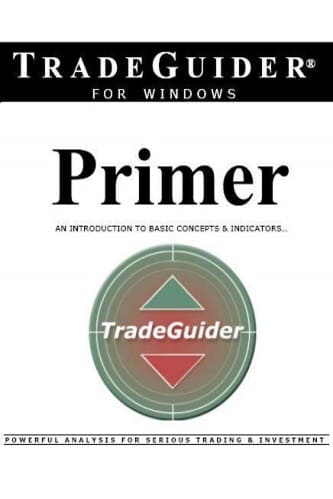

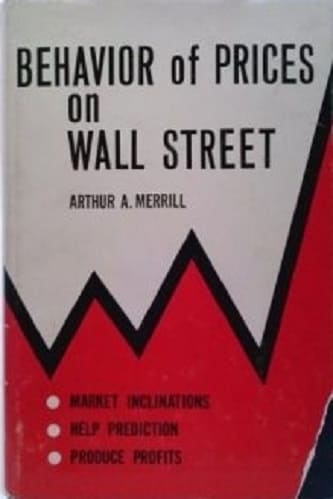
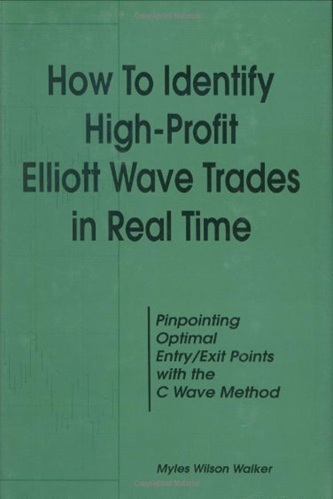


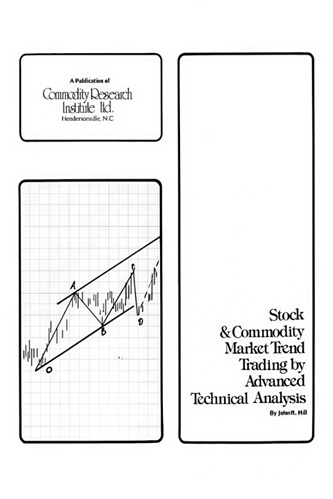

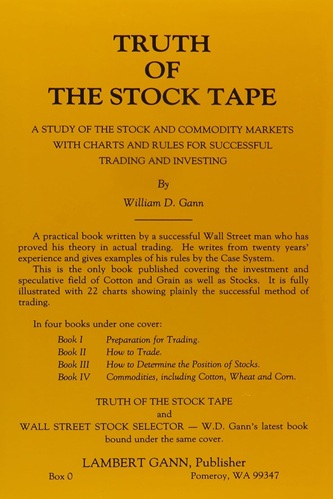
Derrick Matthews (verified owner) –
This book deals with common sense and reality. If you don’t believe the contents of this book are a fair account of what actually happens in the markets, then it is time to bid farewell until such time that your mind changes (if at all.)
Julius Neal (verified owner) –
My summary would be that the combination of indicators in TradeGuider is one of the most accurate and powerful I have seen
Talia Patrick (verified owner) –
I do not know of any other system which delivers such accurate signals for actually “pulling the trigger” in a moment to moment trading environment.